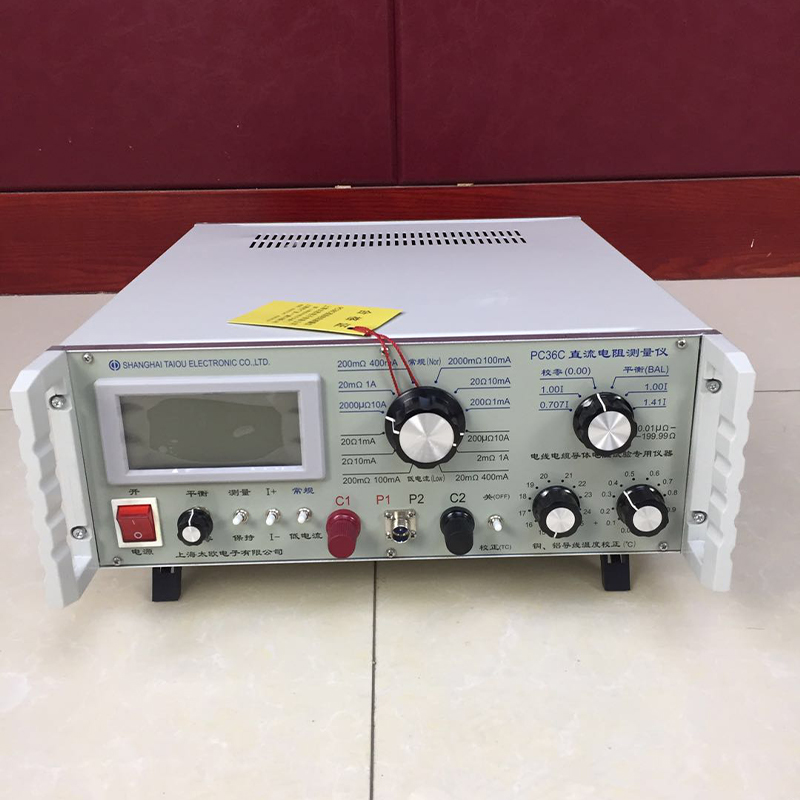conductor resistance test fixture
Understanding Conductor Resistance Test Fixtures
Conductor resistance test fixtures are essential tools used in electrical testing to measure the resistance of conductive materials, such as wires and cables. These fixtures play a pivotal role in ensuring the reliability and performance of electrical systems in various applications, from consumer electronics to industrial machinery. This article aims to provide an overview of conductor resistance testing, the importance of test fixtures, and the best practices for effective testing.
The Importance of Conductor Resistance Testing
Conductor resistance testing is crucial for evaluating the electrical performance of conductive materials. The resistance of a conductor directly impacts its efficiency; high resistance can lead to excessive heat generation, energy loss, and potential failures in electrical systems. Measuring the resistance helps identify potential issues early in the design or manufacturing process, ensuring that materials meet specified standards.
For instance, a low-quality conductor may have higher than acceptable resistance, which can lead to overheating, reduced current flow, and overall system inefficiency. Regular testing can help detect these issues and allow manufacturers to make necessary adjustments before the product reaches the market.
Key Components of a Test Fixture
A conductor resistance test fixture comprises several key components designed to facilitate accurate measurements. These include
1. Connection Points Test fixtures must be equipped with robust connection points to ensure a stable electrical connection with the conductor being tested. These connections are typically made using clamps or terminal blocks and should minimize contact resistance.
2. Measuring Instrumentation Most fixtures are paired with precision measuring devices, such as micro-ohmmeters or electrical resistance meters. These instruments provide accurate readings of the resistance levels, allowing for reliable data collection.
3. Calibration Mechanisms For accurate results, test fixtures should come with built-in calibration mechanisms. Regular calibration against standard reference sources is essential to maintain the precision of the measurements.
4. Environmental Considerations Many fixtures are designed to operate in various environmental conditions. Features such as temperature compensation and humidity control can significantly affect resistance readings, making these elements crucial for accurate testing.
conductor resistance test fixture

5. Safety Features Given the hazards associated with electrical testing, high-quality test fixtures often incorporate safety features to protect users. These may include insulated handles, automatic shut-off mechanisms, and overload protection.
Best Practices for Conducting Tests
To ensure effective and accurate conductor resistance testing, several best practices should be followed
1. Prepare the Sample Before testing, clean the surface of the conductor to remove any contaminants. Dirt, grease, or oxidation can artificially inflate resistance readings.
2. Ensure Correct Connections Make sure all connections are secure and free from corrosion. Poor connections can lead to erroneous results, undermining the reliability of the test.
3. Select the Right Instrument Choose a measuring device with the appropriate range and resolution for the expected resistance values. For low-resistance measurements, micro-ohmmeters are preferred due to their high precision.
4. Record Environmental Conditions Document temperature and humidity levels during testing, as these factors can influence resistance measurements. If necessary, perform temperature correction to obtain accurate results.
5. Perform Multiple Tests To account for variability in measurements, conduct multiple tests on each sample. Average the results to obtain a more reliable value of the conductor’s resistance.
6. Follow Standards Adhere to relevant standards such as the ASTM, IEC, or IEEE guidelines for conductor resistance testing. Compliance not only ensures accuracy but also promotes safety and reliability.
Conclusion
Conductor resistance test fixtures are integral to the quality assurance process in electrical engineering. By enabling accurate resistance measurements, these fixtures help engineers and manufacturers ensure the reliability of conductive materials and systems. By following best practices and utilizing appropriate test fixtures, stakeholders in the electrical industry can greatly enhance product safety, performance, and longevity, ultimately contributing to more efficient and reliable electrical systems.
-
DQ-F Superfine Wire Conductor Resistance Fixture: High-Precision Testing
NewsAug.30,2025
-
ZC36 High Insulation Resistance: Reliable & Safe Performance
NewsAug.29,2025
-
CX-100 Manual Hydraulic Core Punching Machine - Efficient & Reliable
NewsAug.28,2025
-
Reliable Performance Testing with Advanced Aging Chamber Solutions
NewsAug.23,2025
-
Advancing Precision with Profile Projector Technology
NewsAug.23,2025
-
UV-LED Ultraviolet Crosslinking Technology: Innovation and Prospects
NewsAug.23,2025
 Copyright © 2025 Hebei Fangyuan Instrument & Equipment Co.,Ltd. All Rights Reserved. Sitemap | Privacy Policy
Copyright © 2025 Hebei Fangyuan Instrument & Equipment Co.,Ltd. All Rights Reserved. Sitemap | Privacy Policy

